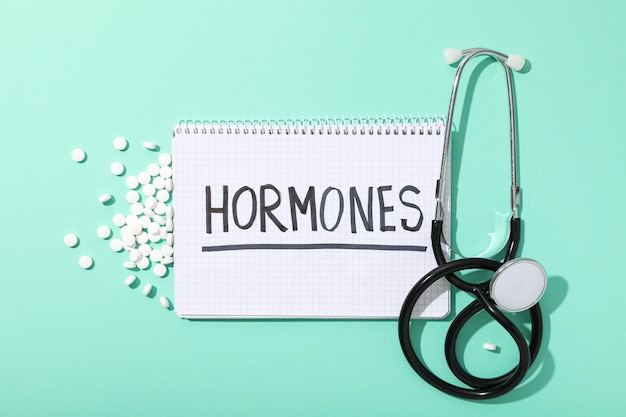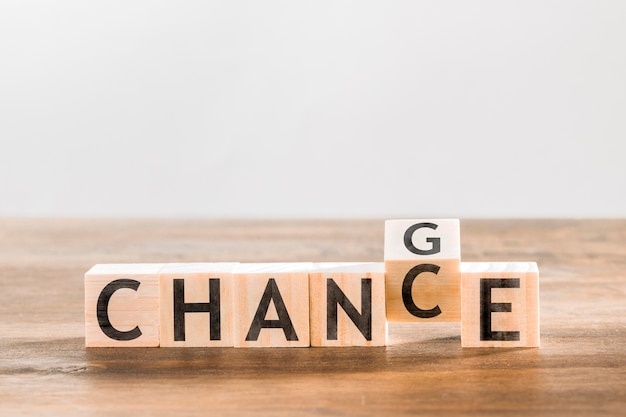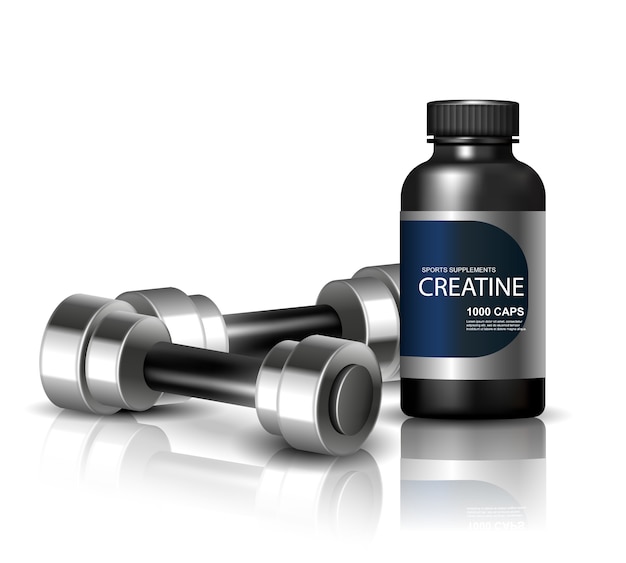Discover how targeted recovery programs can restore energy, improve resilience, and support long-term well-being for women over 40.
As women enter their 40s, natural shifts in hormones, metabolism, and muscle mass begin to influence how the body responds to stress, exercise, and daily life. Recovery—the time the body uses to repair and rejuvenate—is no longer just a luxury; it becomes a necessity. Without proper recovery, fatigue, joint discomfort, and reduced energy can become chronic issues.
This life stage often brings increased responsibilities—career, family, caregiving—making it even more critical to prioritize recovery. A structured recovery program helps restore balance, supports hormonal health, and enhances overall vitality.

A recovery program is a personalized plan that combines rest, nutrition, movement, and mindfulness to help the body heal and adapt. It’s not just for athletes—it’s for every woman navigating the physical and emotional changes that come with midlife.
Effective recovery programs include:
These elements work together to reduce inflammation, support muscle repair, and regulate cortisol levels—key factors in long-term wellness.
Perimenopause and early menopause often begin in the 40s, bringing fluctuating estrogen and progesterone levels. These changes can impact sleep, mood, and muscle recovery. Chronic stress and poor recovery habits elevate cortisol, which can worsen hormonal imbalances.
Prioritizing recovery helps regulate the endocrine system. For example, consistent sleep supports melatonin production, which in turn influences estrogen metabolism. Gentle movement boosts circulation and helps manage insulin sensitivity, which often declines with age.

Recovery isn’t passive—it’s an active biological process. During rest, the body repairs muscle tissue, consolidates memory, and clears metabolic waste. Sleep, in particular, triggers the glymphatic system, which removes toxins from the brain.
Studies show that women over 40 benefit significantly from structured recovery due to slower recovery rates compared to younger adults. Muscle protein synthesis declines with age, so adequate protein intake and rest between strength sessions are essential to maintain lean mass.
Additionally, inflammation markers like CRP (C-reactive protein) tend to rise with age. Recovery practices such as hydration, antioxidant-rich diets, and stress reduction help lower systemic inflammation, reducing the risk of chronic conditions.
One size doesn’t fit all. The best recovery programs are flexible and tailored to individual needs. Here’s how to adapt:
Track physical activity, mental stress, and sleep quality for a week. Identify patterns—when are you most fatigued? Use this data to schedule intentional recovery.
Include a mix of daily and weekly practices. For example:
During high-stress periods (work deadlines, family demands), increase rest and simplify workouts. On lower-stress weeks, you can gradually increase activity while still prioritizing recovery.
Signs you need more recovery include persistent fatigue, trouble sleeping, irritability, and soreness lasting more than 72 hours. Adjust your program accordingly—sometimes rest is the most productive choice.

Consistency matters more than intensity. Small, daily habits create lasting change.
For women over 40, recovery is not a sign of slowing down—it’s a strategy for thriving. By understanding what your body needs and adapting recovery practices to your life, you can maintain energy, strength, and clarity for years to come.
Start small, stay consistent, and remember: taking care of yourself isn’t selfish—it’s essential.

Wellness

Wellness

Wellness

Wellness

Health

Wellness

Health

Fitness

Health

Health

Wellness

Wellness

Health

Fitness

Health

Health